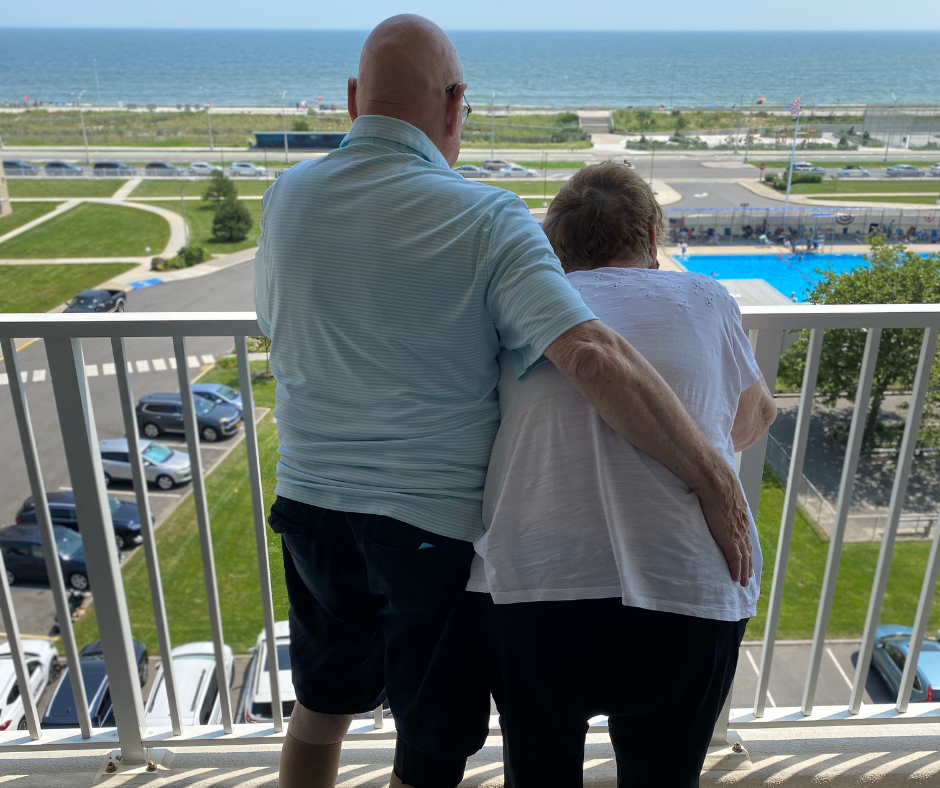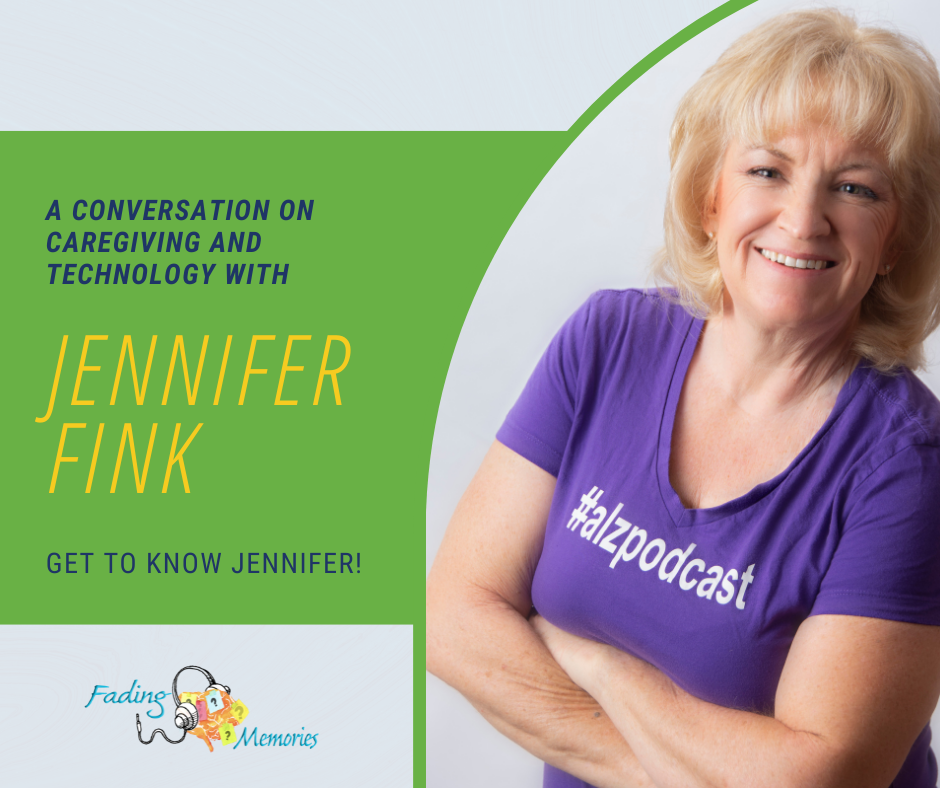What is AgeTech?
Our Aging Population Across America, 10,000 people are turning 65 every day. That leaves a growing population in high demand for solutions to...

The vast majority of my home health patients all have one wish or goal in common: to be able to stay in their home for the remainder of their years. Or, more specifically, to stay out of a nursing home. Navigating aging in place options and logistics can leave seniors on a confusing and tortuous road. This road becomes even more difficult when families and older individuals find themselves needing formal care on an immediate basis. Such as when there is an unexpected event like a stroke, fall, or life-changing medical diagnosis. As a licensed Occupational Therapist, I have had a front-row seat to the barriers my patients and their families face in their quest to live out their years at home. So, they can be surrounded by loved ones or in a familiar and special environment. Socioeconomic status, social supports, community engagement, physical, cognitive, and mental health, and environment contribute to seniors’ quality of life. But even the happiest, healthiest, and wealthiest individuals still face barriers towards aging in place due to the structure of the American long-term care system.
My patients and their families tell me that finding out how to acquire assistance is one of the most challenging parts of aging in place. The US long-term care system is heavily dependent on Medicaid programs. Medicaid was designed to be an insurance plan for low-income Americans. However, it is now the primary payer for all home-based care. Private care and family caregivers often come after.
Enrollment into Medicaid can be challenging. Let’s take my patient “Mr. C,” for example. He was diagnosed with frontotemporal dementia which has an aggressive onset. At 83 years old, he went from driving his wife around, paying bills, biking 7 miles a day, and having active relationships with his grandkids to needing assistance for all his daily activities. His wife, “Mrs. C,” and he switched caregiver roles, and she took over all of the caregiving responsibilities and household management tasks after his diagnosis and decline.
The process of getting assistance for Mr. C was not easy. Medicare told her they would only provide a home attendant for four hours a week – not nearly enough for someone at his level of dependence. She couldn’t afford private pay care for the number of hours he needed, and her only option was to enroll him in Medicaid. After several failed attempts to complete this process herself, she hired a Medicaid attorney to help her. She told me this lawyer was not cheap but could expedite the process and get Mr. C enrolled in 3 months. Once he was enrolled, it took almost another month to enroll with a managed long-term care company (MLTC) to then have him evaluated and assigned a home attendant. Unfortunately, Mr. and Mrs. C’s experience is all too familiar to many Americans who face the harsh barriers to aging in place.
Preparing for the right home care is essential for both seniors and their caregivers. To help evaluate your current care situation and plan for future care, check out our Home Health Care Guide.
Once a person has enrolled in Medicaid, been assigned to an MLTC, and given a home attendant, there are still barriers to aging in place.
Let’s take a look at another patient of mine, “Mr. G.” Mr. G is a Greek/American living alone in a second-floor apartment. He has had home health aides since I started treating him two years ago. During these two years, he has had extreme difficulty building rapport with his attendants and keeping someone who is reliable. He is hard of hearing, and English is his second language. So, it is nearly impossible for him to communicate with someone who does not speak English or Greek.
In the past two years, he has had dozens of home attendants, and none spoke English as a first language. “I’m so happy you taught me how to use Google Translate, it helps, but it’s not a miracle worker. My girl now has all the qualities, thank God. I can’t believe it took me two years to get someone this caring and reliable, but communication is our biggest barrier. Too often, I go crazy trying to explain what I’m talking about or tell them what I need. I have never had a caregiver who spoke English well enough that we could communicate without any problems.” Mr. G tells me the communication barriers are worth the barrier to age in his own home.
It is important to find the right care for seniors who decide to age in place. This is essential whether the senior needs medical or nonmedical assistance at home. To take the next steps for getting proper in-home care, check out our Home Caregiving Services Guide.
Some seniors will choose to live in an ILF (independent living facility) or AFL (assisted living facility). These are great options for those wanting a community around them in their later aging years. They have handicap-accessible rooms, full-service meals, laundry, socialization, and medication delivery.
“Mrs. N” is another patient of mine. Her daughter tells me her parents lived in an ALF for 20 years. In April 2019, she transitioned her mother from an ALF to living with her after her dad died. “My mother and father were in an ALF in Florida for years, and they loved it. But, they were becoming too dependent to live in that setting. The only reason we kept them there as long as we did was the socialization aspect.”
When she moved back to New York, it was difficult to find consistent caregivers to help with carryover and stimulating activities such as DVDs, books, crafts. Mrs. N’s daughter, a decorated speech-language pathologist, attributes the lack of stimulation to her mother’s dementia and depression.
Mrs. N currently has two home attendants, a private pay aide, and an agency caregiver who works 10 hours a day. This family is very fortunate to have the funds to afford a private aide. I tell her how much I adore their aide and wish all my patients could have someone who cares for them like that. Fortunately, mental stimulation activities are becoming more popular among caregivers and senior living communities.
Did you know that there is a Geriatric Care Manager that can help you and your aging loved ones manage care, support senior needs, and navigate health challenges? Learn more to see if a Geriatric Health Manager is right for you in our Guide.
As a home health occupational therapist, the best way to help break the barriers to aging in place is by interacting with and including my patients’ caregivers in my treatments. Whether they are family caregivers or agency caregivers, they can all benefit from education and training. Agency caregivers get basic training as part of their job preparation. However, occupational therapists provide caregivers specific training directly related to the patient’s needs or disease process. These therapist-caregiver interactions improve patient safety and participation in meaningful activities. When seniors know they can depend on the care they are receiving at home, it improves their quality of life and makes the decision to age in place more sound.
Another way caregivers and families of seniors can help break these barriers is by learning about these challenges. For example, you can search online resources and professionals to talk to, read about ways to better age in place and more. By better preparing ourselves, we can help call awareness to these issues and create better solutions. We can all find ways to help our loved ones and others face some of these barriers.
These patient interviews only begin to describe our country’s pressing need to create a better care system for our aging population. By 2030, all Baby Boomers will be at least 65 years old and make up 21% of our population. There is a national need to provide better resources, from improving care at home, creating livable communities and affordable technology, and providing more resources for homebound patients in rural areas. Until our government can create promising solutions to address the aging population’s needs, occupational therapy can help individuals find solutions to live in their desired environment while helping them care for their bodies and minds.

Our Aging Population Across America, 10,000 people are turning 65 every day. That leaves a growing population in high demand for solutions to...

The Role of Family Caregivers There is a good chance that you, or someone you know, are helping to provide care to an aging family member who...

Meet Jennifer Fink, Creator of the Fading Memories Podcast After helping care for her grandmother who had vascular dementia, Jennifer realized...